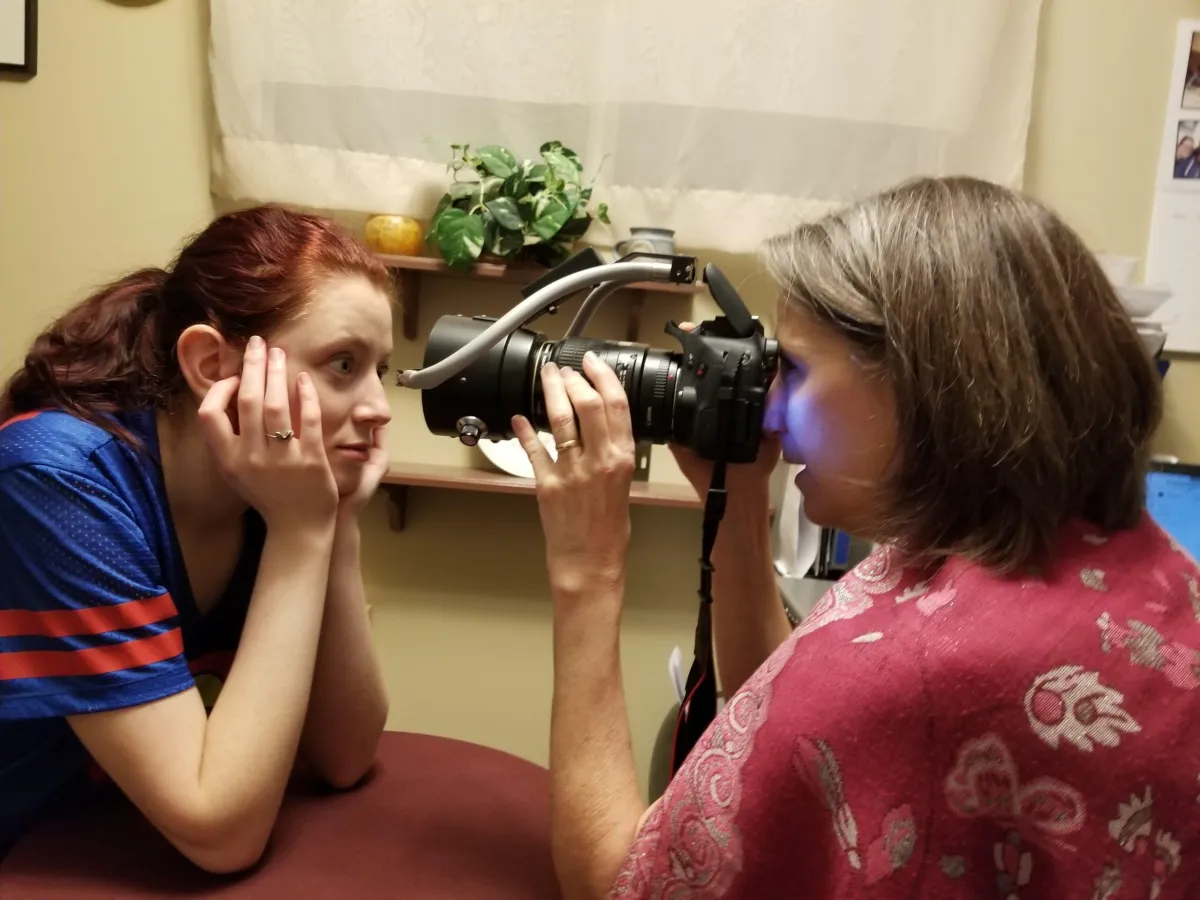Assessment System & Advanced Courses for Health Professionals
About Iridology
Iridology is not a diagnostic tool. It is an assessment tool.
Here’s the difference. Diagnosis is the naming of disease. Iridology does not give us enough specific information to name diseases, and that’s okay because the irides teach us about inherent tendencies instead.
Each iride, with its unique fiber structure and colors, is as unique as a fingerprint.
The iris has over 28,000 nerve endings. The eyeball is the largest neural receptor in the body. It connects directly to the brain via the optic nerve.
The colors, lay of the fiber, and splatters and washes of pigment in an iris teach us about the health inheritance that has been passed down from previous generations. These ‘markers’ give us clues as to what the inherent strengths and weaknesses of the individual are.
Whether the weaknesses are activated or not depends largely on diet, environment, and psychosocial influences.
Additionally, modern iridologists include assessing the pupils and sclerae (whites of the eyes) to provide dynamic information about where current imbalances are.
The irides will not change in response to changing the diet or taking supplements, but the pupil and sclera can change with enough focused health-promoting work.
Iridology is an excellent tool to guide health professionals in creating client programs quickly and accurately.
The eyes teach us what questions to ask. So, by combining what we see in an iris with information provided by the client, we gain a deeper understanding of what is out of balance in the body and how to restore it to balance. This information can also be used to reduce future health risks by allowing us to make appropriate changes to the diet and lifestyle before symptoms become clinical.
Iridology is not recognized by medical organizations in North America. It is, however, in Russia and Germany, where one must be a medical doctor to practice iridology. Iridology is also used by some doctors in Italy and Greece.
Please send me the easy-to-use Dynamic Iridology Map and let me know when you're doing free mini-classes.

What is Dynamic Iridology
Dynamic Iridology is the melding of Constitutional Iridology and my (Judith Cobb) 40+ years of experience as a holistic health practitioner.
It recognizes that iridology research is ongoing, and that we must adjust our understanding and practice of iridology as new information becomes available.
In Dynamic Iridology, we correlate multiple markings to help us understand a client’s health potential and symptoms.
My Constitutional Iridology teacher, Bill Caradonna, R.Ph., N.D., taught me “The eyes teach us what questions to ask.” We ask the client questions, lots and lots of questions, based on their symptoms, iris and sclera analysis, and the answers they gave to previous questions. Only then is an iridologist ready to verbalize the analysis and start creating a program for the client.
In Dynamic Iridology we also recognize that iridology is only an assessment tool. Each iridologist should have at least one modality, such as herbology, nutrition, homeopathy, or EFT (tapping), to help his or her clients progress on their journey to better health.
An iris analysis is not a ‘ one off’ event. Iris markings, when used with each other, can add depth, on an ongoing basis, to wellness program creation. I think of iridology as a key tool in creating ‘next step’ wellness programs and in encouraging clients to stay on track and become long-term clients.
After all, health is not built in one month. It is a journey. Iridology gives us information to guide our clients’ journeys.





© 2024 and beyond, Iridology Education. All rights reserved.
Reach us by email: [email protected]
Reach us by phone: 1-403-850-5503
